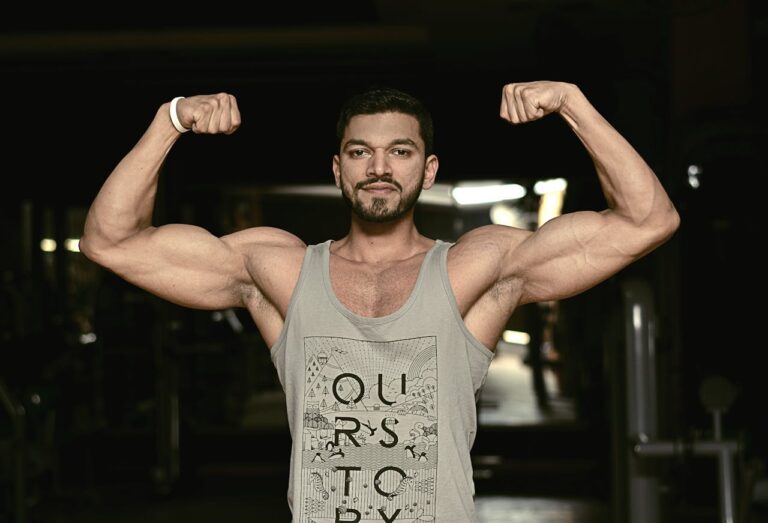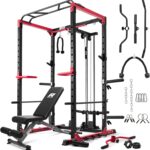In the ever-evolving world of fitness, where trendy workout routines and flashy equipment seem to dominate, there’s something profoundly powerful about returning to the roots of strength training. Old school compound exercises—the bench press, bent-over rows, squats, and deadlifts—remain the cornerstone of true muscular development and overall physical performance.

The Fundamental Four: Why Compound Movements Matter
Compound exercises are the gold standard of strength training because they engage multiple muscle groups simultaneously, mimicking real-world movement patterns and delivering maximum physiological benefits. Unlike isolation exercises that target a single muscle, these classic movements create a comprehensive, full-body workout that stimulates muscle growth, enhances strength, and improves functional fitness.
Bench Press: The Upper Body Powerhouse
The bench press isn’t just about building a impressive chest. This quintessential exercise engages your pectorals, deltoids, triceps, and even requires core stabilization. By pressing a heavy weight from your chest to full arm extension, you’re developing pushing strength that translates directly into everyday activities and athletic performance.
Key benefits include:
- Enhanced upper body strength
- Improved muscle symmetry
- Increased metabolic response
- Development of practical pushing mechanics
Bent-Over Rows: The Back's Best Friend
Often overlooked but critically important, bent-over rows provide the perfect counterbalance to pushing movements. By pulling weight toward your torso while maintaining a bent position, you’re developing a powerful back, reinforcing posture, and creating muscular balance that prevents injury.
This exercise targets:
- Latissimus dorsi
- Rhomboids
- Rear deltoids
- Biceps
- Core stabilization muscles
Squats: The King of Lower Body Development
No exercise epitomizes functional strength quite like the squat. This movement pattern mirrors how humans naturally lift and lower their body, making it incredibly practical. From building leg muscles to enhancing core strength and improving overall mobility, squats are unparalleled in their comprehensive benefits.
Squat advantages include:
- Massive hormonal response triggering muscle growth
- Improved joint health and flexibility
- Enhanced athletic performance
- Increased lower body power
- Better functional movement in daily life
Deadlifts: The Ultimate Total Body Challenge
If there’s one exercise that embodies raw, primal strength, it’s the deadlift. By lifting a heavy weight from the ground, you’re engaging nearly every muscle group—from your grip strength to your legs, back, and core. Deadlifts build incredible posterior chain strength and teach proper lifting mechanics.
The transformative power of deadlifts includes:
- Comprehensive muscle engagement
- Significant hormonal and metabolic stimulation
- Improved spinal stability
- Enhanced grip strength
- Practical strength development for real-world scenarios
Beyond Muscle: The Holistic Impact
These compound movements do more than build muscle. They trigger significant hormonal responses, particularly growth hormone and testosterone, which are crucial for muscle development, fat loss, and overall vitality. They improve neural efficiency, teaching your body to coordinate complex movement patterns more effectively.
Programming Wisdom
To maximize results, integrate these exercises into a structured program. Start with proper form, progress gradually in weight, and allow adequate recovery. Typically, performing these movements 2-3 times per week with progressive overload will yield remarkable strength and physique transformations.
Timeless Strength, Timeless Results
In a fitness landscape cluttered with complexity, old school compound exercises stand as a testament to simplicity and effectiveness. By mastering the bench press, bent-over rows, squats, and deadlifts, you’re not just working out—you’re connecting with a time-honored tradition of strength building that has produced some of the most impressive physiques in human history.
Hey there! We hope you love our fitness programs and the products we recommend. Just so you know, Symku Blog is reader-supported. When you buy through links on our site, we may earn an affiliate commission at no extra cost to you. It helps us keep the lights on. Thanks.
Disclaimer: The information provided in this discussion is for general informational and educational purposes only. It is not intended as medical or professional advice. Only a qualified health professional can determine what practices are suitable for your individual needs and abilities.

